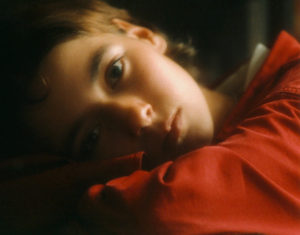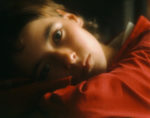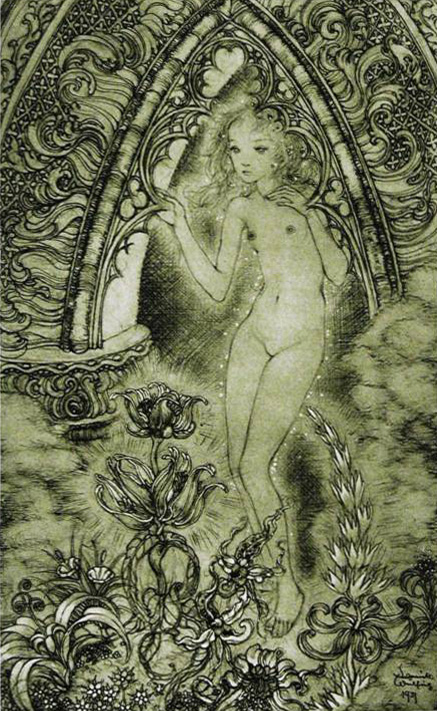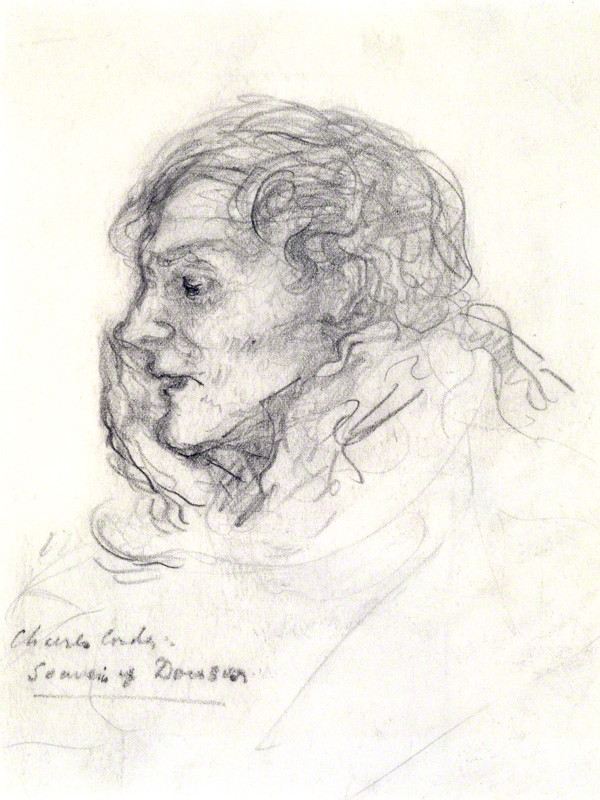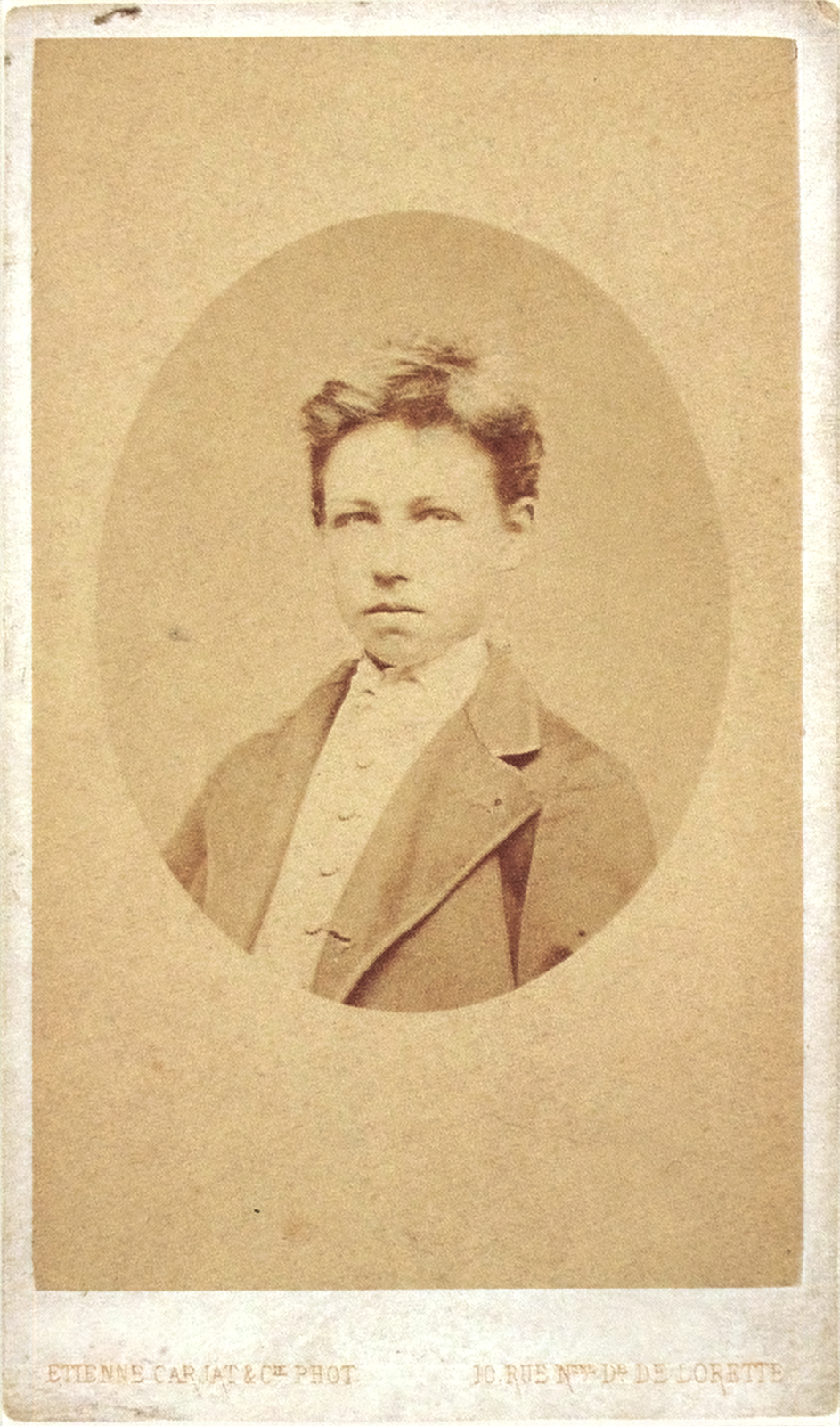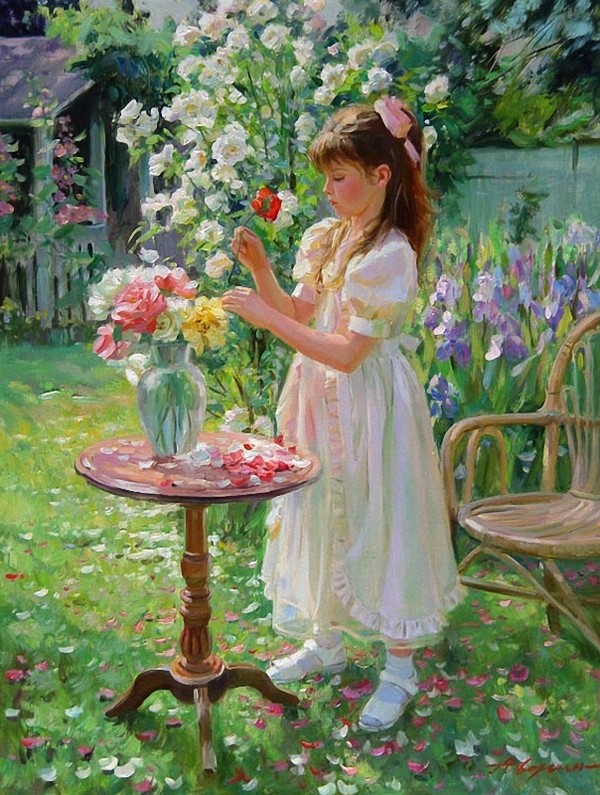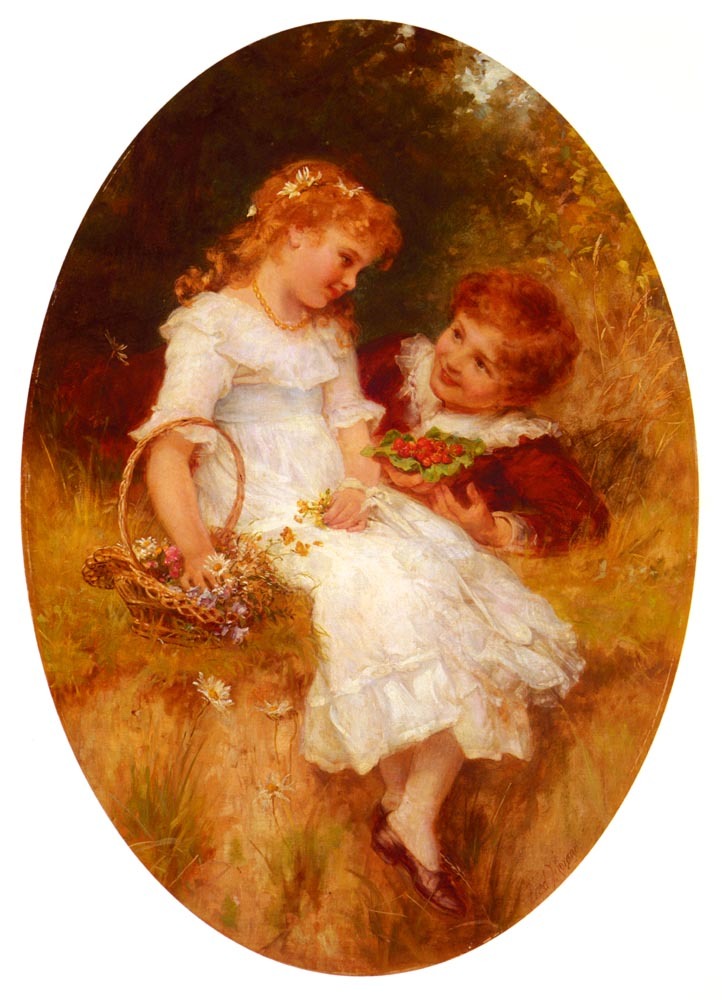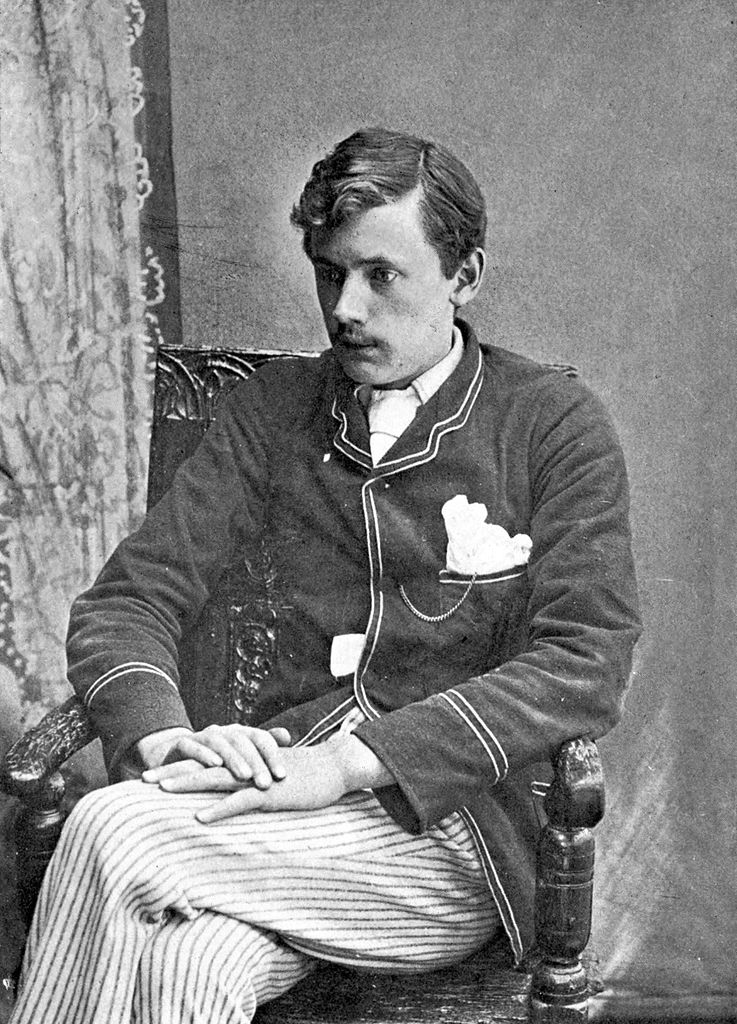
In the first part of this essay, I told how Ernest Dowson met Adelaide Foltinowicz, aged eleven years and a half, whom he nicknamed “Missie” or “Missy,” then he started spending his evenings at her father’s restaurant where she worked as a waitress, and gradually fell in love with her. CONTINUE READING / CONTINUER LA LECTURE…
